Barva, Herédia, Costa Rica
Suggest Place to Visit
2479
Track to location with GPS |
 |
History Pre-Columbian Era.- The territory that today corresponds to the Barva canton was part of the Huetar kingdom of the West, where the chief Barva had his settlement, whose name was extended to the region between the Virilla River and the Aguacate Mountains, which was called Barva Valley.
Colonia It is known, in a document from 1569, that the inhabitants of the valley were the Indians called catapas, tices and paticas who lived poorly, cultivating small plots whose products they used to subsist.
The Spanish conquerors had the custom of distributing land and Indians among their fellow companies. Despite the fact that the Crown of Spain had prohibited this dismal practice, the Governor Don Perafán de Ribera, in 1569 made the general distribution of Indians and lands of the province; delivering the natives of Barva to Juan Romo and Simón Sánchez, corresponding to 400 to the first and 100 to the second.
The first church in Barva may have been built between 1568 and 1575, in honor of San Bartolomé, and is located where an indigenous cemetery existed. During an undetermined period it is known that the church honored the Virgin of the Assumption, and it was not until 1888 that San Bartolomé was honored again.
17th century [edit] The first mention of Barva is in the Carthage protocols of 1606, where Don Leandro de Figueroa appears as Corregidor de Barva. In 1613 the town was founded with the name of San Bartolomé de Barva.
As a result of the opening of the Camino de Mulas, in 1601, which was used mainly for the trade of these animals in the Portobelo Fairs, in Panama; In the western sector of the Central Valley, in the territory of Costa Rica, pastures were established for them. In this way, by 1662, the existence of a mule rest area in Barva is known.
As a consequence of the segregation that was made to Barva from the towns of Cot, Quircot and Tobosi, in 1613 a convent was established in this place with its Franciscan doctrine. It is considered that from this year, the town that was named San Bartolomé de Barva was founded.
Such was the progress that this town experienced that by 1693 it was one of the communities that paid the most taxes, since it had 53 families. Six years later it had 575 inhabitants. In the 1709 census it appears with 641 people and in the one carried out two years later, 161 families, mostly indigenous.
18th century [edit] In a report sent to the King of Spain Don Carlos III in 1752, it was indicated that the Barva town was about 1,200 meters north of Cubujuquí that their village population was declared, the Indians of Barva protested before the Royal Audience of Guatemala.
Governor Miguel Gómez de Lara, in the years 1681 to 1693, had a church built of adobes. The Franciscan doctriners who were in Barva at the beginning of the 18th century were the friars Fernando Ortiz, Antonio Agüero and Francisco Guidiño. The earthquake of February 15, 1772 collapsed the Barva convent, leaving the church in poor condition; which were restored at the beginning of the XIX century. The old church of Barva, with thick adobe walls, was located on the northwest side of the current temple; which was completely in ruins with the earthquake of December 30, 1888. The present parish is located on the site where it seems that an indigenous cemetery existed in ancient times, since numerous objects made by the Indians have been extracted.
Traditional houses. Canton of Barva The construction of the new parish church began with the laying of the first stone, on February 9, 1867, carried out by Monsignor Joaquín Anselmo Llorente Lafuente, the first bishop of Costa Rica. Work that was consecrated on August 11, 1891 by Monsignor Bernardo Augusto Thiel Hoffman, second Bishop of Costa Rica. The church of Barva since its foundation was dedicated in honor of San Bartolomé. Years later the neighbors in open town hall elected the Virgin of the Assumption as their patron, but after the earthquake of 1888, San Bartolomé was restored as the patron of the canton.
The Parish was erected in 1793; which is currently a suffragan of the Archdiocese of San José, of the Ecclesiastical Province of Costa Rica.
XIX century [edit]
Barva Old House The first Barva City Council was installed on August 7, 1820, made up of the following councilors, Messrs. Gabriel Ugalde, Bernardo Rodríguez, Francisco Guevara and José Bermúdez; the Municipal Secretary was Don Joaquín Solera.
In a meeting held by the City Council on September 11, 1820, it was agreed to found the first school in the area; His first teacher being Don Gabriel Ugalde, then Dona Florencia Gutiérrez in 1830, as well as Messrs. Pío Murillo and Manuel Chaves in 1850. Some time later, due to the efforts of many residents, a place was found in front of the square.
In the administration of our first Head of State, Don Juan Mora Fernández, on November 11, 1824, Law No. 30 granted the title of Villa to the town of Asunción de Barva. Later, on July 24, 1918, in the government of Don Federico Tinoco Granados, Law No. 28 was promulgated, which gave the town the category of City.
The Municipality of Barva in 1850, agreed to open streets twelve yards wide, on all sides of the five blocks adjacent to the square. Eight years later, some of the streets of the town were paved, thanks to the constancy of the Political Chief, Mr. Cleto González Pérez, father of the former President of the Republic, Mr. Cleto González Víquez. Construction of the carved stone sidewalk that surrounds the public square began in 1913.
The first public lighting was of lanterns supported by wooden posts, which began to function in 1879. Around 1910 a power plant was installed that lasted a very short time in operation. Subsequently, the Municipality signed a contract with the company Felipe J. Alvarado y Co. so that through the power plant located in Santa Bárbara, the electrical lighting would be supplied to the community of Barva; Today it enjoys an excellent service provided by the Public Services Company of Heredia (ESPH).
Construction of the pipeline began during the second administration of Mr. Rafael Yglesias Castro (1898-1902), ending in the first government of Mr. Cleto González Víquez (1906 - 1910), with water coming from the sources of the La Hoja river.
The earthquake of December 30, 1888 destroyed the Old Parish Church.
20th century [edit] The new school building was inaugurated on September 21, 1952, in the administration of Don Otilio Ulate Blanco. The Rodrigo Hernández Vargas High School began its educational activities in March 1972, in the second government of Don José Figueres Ferrer.
In the city center of Barva s
Barva is canton number 2 in the province of Heredia, Costa Rica. Canton and small town in Costa Rica. Located 3km north of the city of Heredia. The origin of the name Barva, comes from the indigenous voice ´´Barvak´´, which was already given to the region before the arrival of the Spanish. For a long time it was written with the spelling Barba.
The origin of the name of the canton is due to King Barva, one of the main ones of Garabito, of the Huetar kingdom of the West that inhabited the region; which during the Colony was known as the Barva valley and was named one of the most important towns of that time.
According to Don Carlos Gagini, in his work Los Aborigines de Costa Rica, he indicates that the word Barva may be from the Aztec Palapan, which means ´´in the black or dark river´´, a name that Baraba should give according to Huetar phonetics ; (In Talamanca there was a Parabari town) that, pronounced as esdrújulo, according to the Tarahúmare and another, gave Barva.
It is divided into six districts: Barva, Santa Lucía, San José de la Montaña, San Pedro, San Roque, and San Pablo. The city of Barva is known for its mixture of rural and urban.
The patron saint of the city is San Bartolomé, and every year in the festivities in his honor there is a masquerade, where people come out dressed in masks, and then chase and beat others with the bladders of pigs and cattle.
Art and Culture Museums Museum of Popular Culture: Located in the district of Santa Lucía. The Museum house, built between 1885 and 1887, is representative of the traditional architecture of the Central Valley of Costa Rica. The interior and exterior spaces display the collection of household objects, furniture and work tools that recreate the daily life of the late 19th century and the first decades of the 20th century.
Historical Museum of the Coffee Institute
Masquerades
Municipal building. Monument to the mascaradas Barva is recognized for its cantonal tradition called the mascarada barveña. Although it is practiced elsewhere, it is in Barva de Heredia where it takes a festive-religious level with economic importance.
The Masquerade is a parade that takes place in August, in honor of the patron saint of the canton, San Bartolomé; boys and men design or rent masks of religious and cultural content, such as the Devil or the Skull; or with lighter steps, as are famous movie characters or any local or international celebrity character. It is accompanied by dance music and marching sounds: the music of the maroon.
For the Barveñas parties the masquerade dance: these are dances of people who dress up in large masks with exaggerated or allegorical features, of fables or well-known characters, among which are the famous devil, the skull, the grandmother; which to the rhythm of the maroon (mainly wind and percussion instruments to the rhythm of the snare drum) present their skills as dancers. Then a very barveña tradition for the ´´Clowns´´ is the use of bladders to hit them by people who walk in the masquerade route, unlike other places where the same masks or pieces of plants known as ´´chilillos´ are used ´
In addition, every year in the last week of March, the National Masquerade Fair organized by the Municipality of Barva is held thanks to the wonderful idea of a group of barveños headed by Mrs. Mercedes Hernandez Mendez, current mayor of Barva, at this Fair More than thirty masquerades from all over the country are exhibited in the Parque Centra de Barva, maroon contests and dance competitions are held with masquerades for men, women and children.
Comments
We don´t have yet any comments about:
Barva
Barva
Be the first to leave a comment as it is very important to inform other people
Outros locais a visitar
Within a radius of 20 km from:Barva
Heredia |
| 3,2 Km |
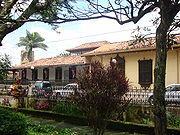 |
Santa Barbara |
| 4,2 Km |
 |
COLYPRO |
| 5,9 Km |
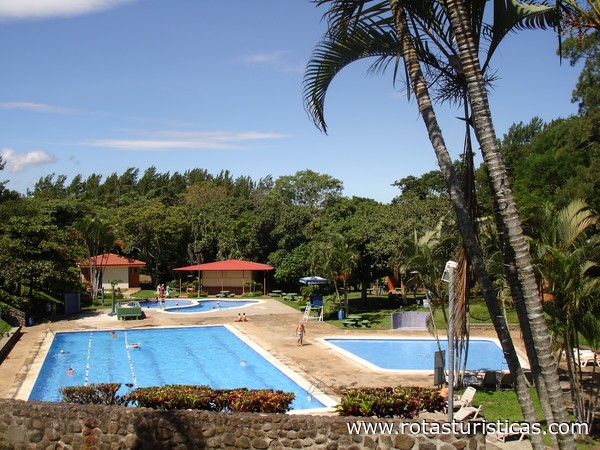 |
Santo Domingo |
| 6,3 Km |
 |
Water Land |
| 6,8 Km |
 |
Pacuare |
| 6,8 Km |
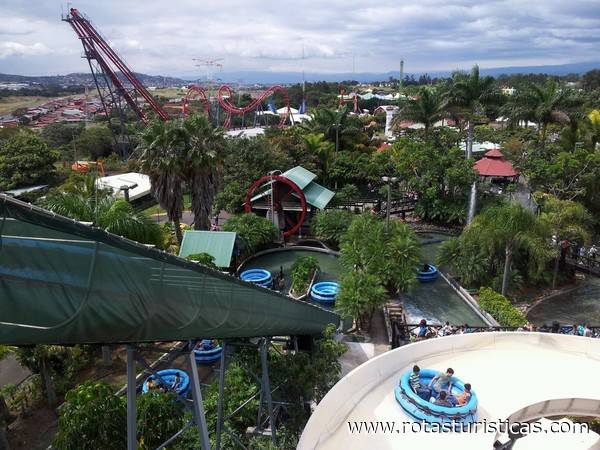 |
Club Campestre Español |
| 8,2 Km |
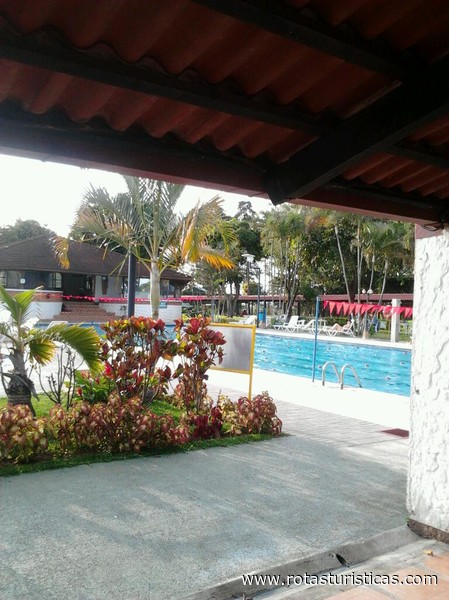 |
Catedral de Alajuela |
| 9,8 Km |
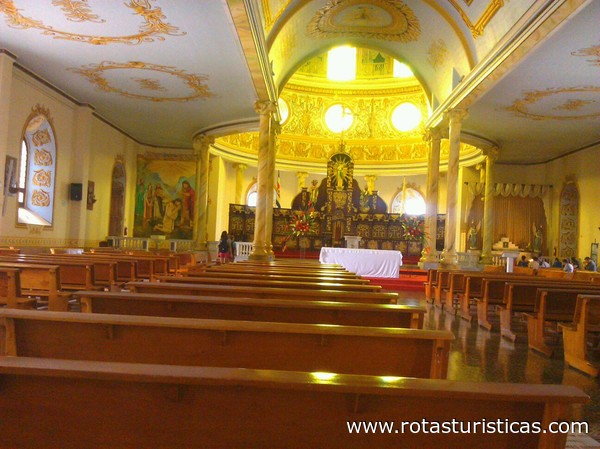 |
Museo Histórico Cultural Juan Santamaría |
| 10,0 Km |
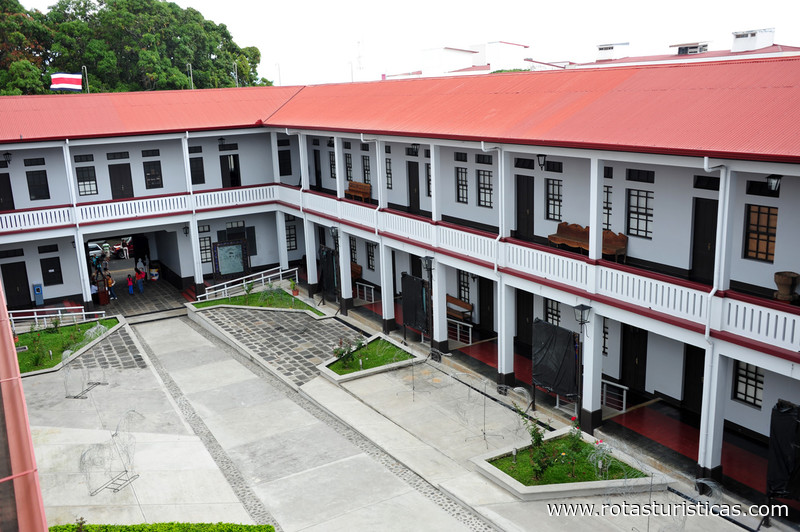 |
Souvenir Museum Verdes y Colores |
| 10,1 Km |
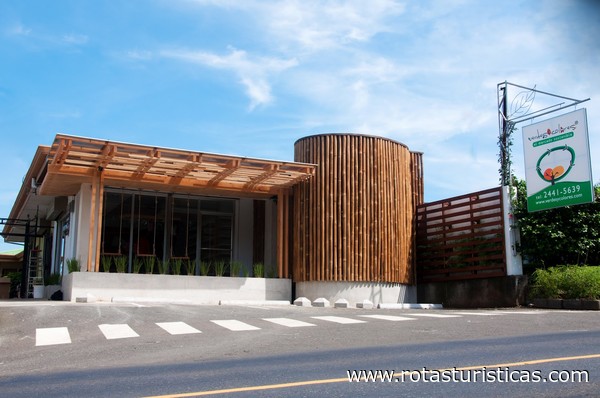 |
La Sabana: the Costa Rican Park |
| 10,7 Km |
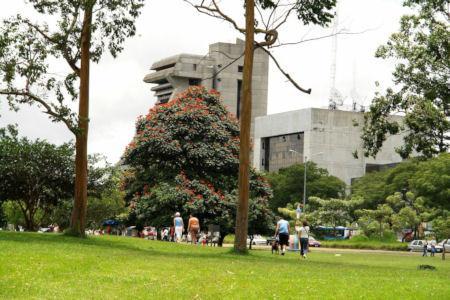 |
San Jose |
| 10,7 Km |
 |
Escazú |
| 11,3 Km |
 |
Parque Recreativo Los Manantiales |
| 15,6 Km |
 |
Fossil Land |
| 19,0 Km |
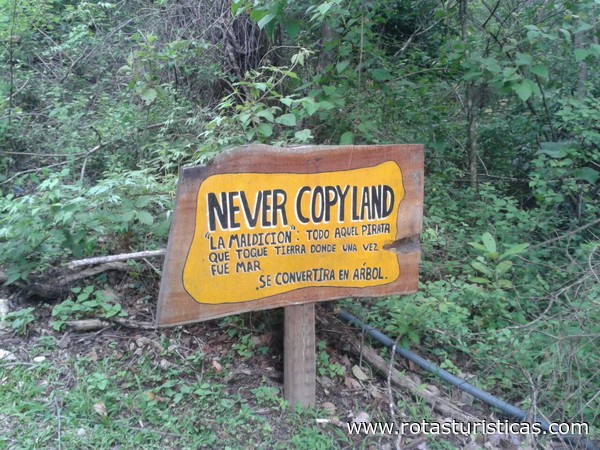 |
Hotel reservation near Barva within a radius of 20 km
Why to book with TOURISTIC ROUTES
The best prices
Our partnerships with the world´s largest operators offer research on the best market prices.
More options
At Rotas Turisticos you can book the hotel, buy the air ticket, book the transfer from the airport to the hotel and vice versa, book the local excursions, rent the car, take travel insurance and consult the places to visit and where to go.
Holiday Tips & Destinations
Hundreds of holiday destinations with all the options that allow you to easily choose the destination that best suits your dream vacation.
TOURISTIC ROUTES
Links






